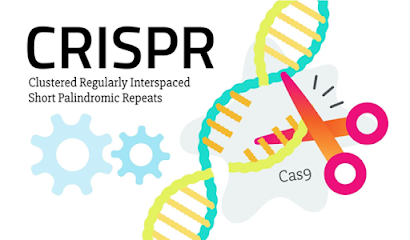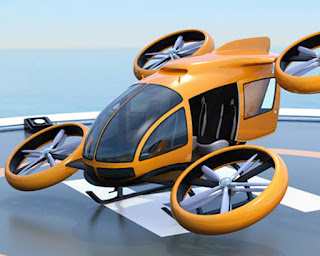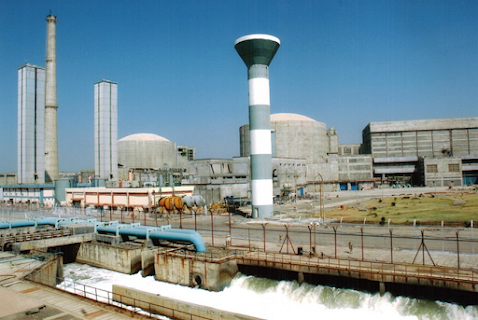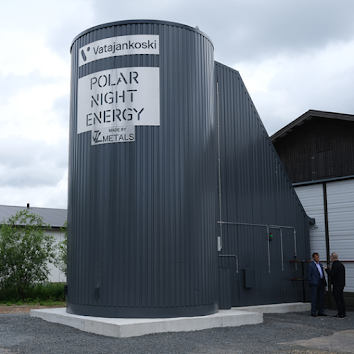CRISPR-Cas9: The Marvel of Gene Editing Unveiled!

CRISPR-Cas9: The Marvel of Gene Editing Unveiled! Introduction: Welcome to the incredible world of CRISPR-Cas9 – a cutting-edge technology that's like having a superhero duo for genetic makeovers! CRISPR, or Clustered Regularly Interspaced Short Palindromic Repeats, and its trusty sidekick, Cas9, are rewriting the rules of genetic engineering. Let's embark on this adventure and uncover the magic behind these scientific marvels. Understanding the Basics: Picture CRISPR as your gene-editing GPS. It contains short, repetitive sequences that act like genetic bookmarks. Now, imagine Cas9 as your molecular scissors, ready to cut and paste DNA with surgical precision. Together, they're a dynamic duo ready to reshape the blueprint of life. How it Works: Here's the wizardry in action: Scientists design a guide RNA, like a treasure map, leading Cas9 to the specific gene they want to edit. Cas9 follows the map, finds the target gene, and snips the DNA at th...


